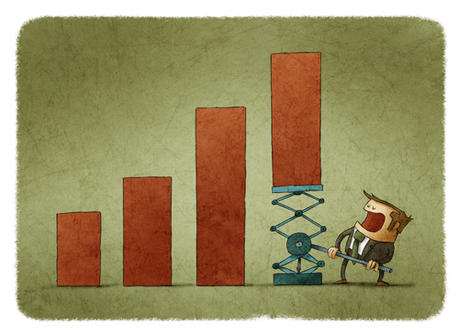Interested in improving already-existing processes – refining, redefining, etc. – can also apply to reconfiguring departments or teams
Launching an Innovation Program: What You Don’t Know
Although innovation programs are becoming more and more embedded within the enterprise, it is still very common to find organizations that are just starting to experiment with formal, continuous innovation programs. Many IdeaScale clients that come to us are quietly launching pilot programs as proof-of-concept initiatives that will confirm innovation value for senior leadership.









